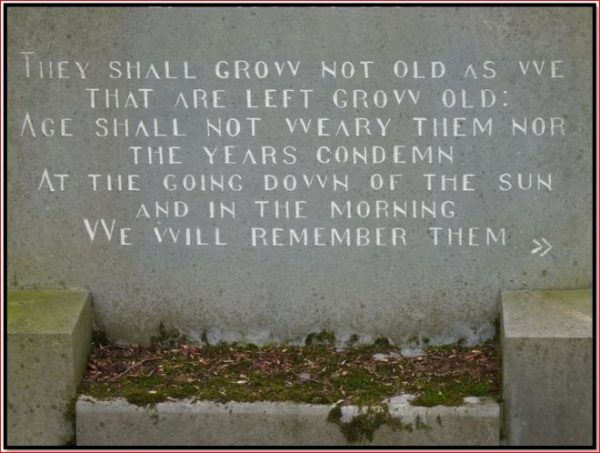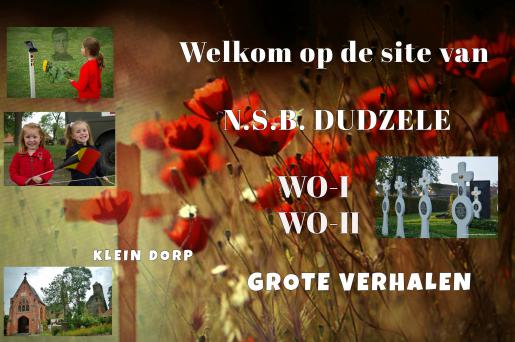Single trip Wyton – Dudzele
July 1940
Text: P.De Vuyst
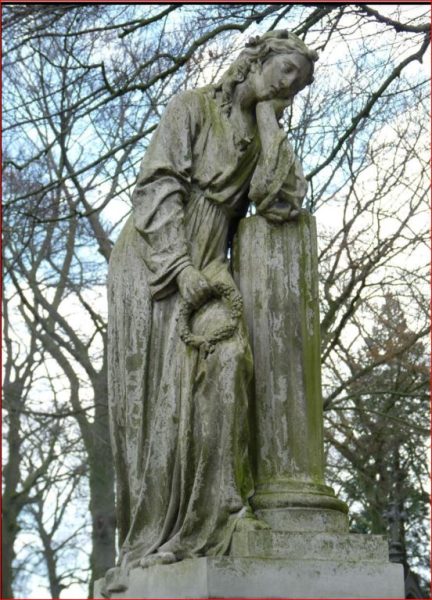
Introduction
In the area around Dudzele quite a number of villages can be found with symbols of
commemoration for fallen airmen during the Second World War (Sint-Jozef, Koolkerke,
Damme etc). Those planes were either British or American. Almost always it is about heavy
bombers involving serious loss of lives. In most cases crashes relate to 1944.
In Dudzele two planes came down during the Second World War; an American fighter plane
(P51D Mustang) in December 1944 and an English bomber (Blenheim Mark IV) in the canal
near the Herdersbrug in 1940. The fairly unknown story of the English bomber will be
revealed here for the first time.
A reconnaissance flight
The Second World War was still very young in 1940. The Battle of Britain was about to
explode and tension was rising between Germany and England. Both countries were waging
war since September 1939. Belgium had in the meantime been occupied by the Germans
since May 1940. In order to keep an eye on German activities on the continent regular
missions were sent out above Belgium.
On July 7th, 1940, a Sunday, three Blenheim twin-engined airplanes took to the air. At that
time, in the early morning, it was still a nice day. The Blenheims would enter Belgian
airspace via Ostend and then fly on towards Ghent and then back home via Zeebrugge. The
first plane returned early due to lack of cloud cover. The third plane would successfully
complete its mission. The second plane would never be back in time for tea again…
This second plane carried serial number R3896, and belonged, just like the other two, to XV
Squadron. All three had taken off from Alconbury next to Wyton Airfield (Cambridgeshire).
The crew of R3896’s job was to make a photographic reconnaissance mission between
Terneuzen and Ghent. A flight of 604 kilometers in a straight line, back and forth. On the
fuselage the plane carried the letters “LS” en “X”. The “X” would indeed mark the spot…
With a speed of just above 400 kilometers per hour, and taking the mission into account, it
would take the crew a number of hours. The mission would come to an abrupt end…
Along the coast German look-outs had quickly spotted the enemy aircraft and raised the
alarm. The information was passed on to their own fighter units stationed in the hinterland.
The Blenheims’ arrival was passed on to the Waalhaven airstrip just south of Rotterdam.
Two fighter planes took off. One of them was Pilot Georg Kiening in a Messerschmitt
Bf109E and he would intercept R3896 on its way back home over Belgian soil.
The Blenheim swayed towards Ostend between Gent and Knokke, the plane took her turn
around the village of Dudzele, only to turn back to Bruges a bit further. In the mean time two
enemy fighter planes pursued the aircraft. The Blenheim apparently found its target at the
edge of Bruges and dropped a number of bombs.
Created by P.De Vuyst – brochure 33EN – NSB Dudzele June 2013 – version 3
The much slower British twin-engined aircraft did not stand much chance against the modern,
agile and heavily armed German fighters which closed in.
The English “Fly-boys” were attacked in the vicinity of Bruges (Sint-Jozef) and soon a trail of
black smoke followed the engine. As instructed Pilot Bamber kept on heading for Zeebrugge
as he left the Bruges region. In this fierce struggle for survival against the Messerschmitts the
Blenheim continually lost height. Machine guns rattled above Dudzele pastures and
meadows. Villagers looked up in awe to see what was happening.
Then suddenly a parachute appeared. As the plane flew too low the man was killed when
hitting surface. A few moments later a second parachute appeared. Then the plane pitched
into the canal at a too high speed at approximately 17.55hrs on the July 7th, 1940.
All three crew members; Pilot/Officer H.C. Bamber, Observer Sergeant J. Holdsworth en
gunner Sergeant G. Reid lost their lives. German soldiers soon arrived on the scene of
disaster en chased the villagers away, one of whom was my father, mr.Raymond De Vuyst.
Raymond saw how the Germans picked up a loose heavily swollen arm from the water. The
soldiers had made a kind of passage across the water towards the plane. The remnants of the
badly damaged aircraft quickly sank under water.
The crew members were taken away to Bruges almost immediately. Today their headstones
can be found on the Bruges cemetery.
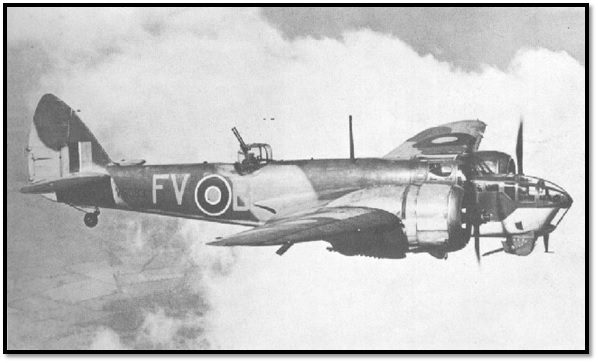
A German Witness, Luitenant Blink
“On 7.7.1940, at around 18.00hrs, I was told by our watchman that anti-aircraft was visible
towards Gent. With a strong set of binoculars I was able to observe how a plane was shot at
that flew in the Gent Knokke direction.
When Knokke opened fire as well the plane changed course and headed for Ostende. In doing
so it lost cloud cover and became very visible. In the meantime two of our fighter planes
went into pursuit. Apparently the enemy bomber had not noticed this as she headed towards
her target undisturbed and swayed towards Bruges.
The FLAK anti aircraft batteries opened fire immediately, the aircraft did not seem to bother.
She continued her dive in preparation of an attack against a gas production site. She threw off
four bombs. The first set of bombs fell in the garden of the factory site. Shrapnel set a huge
1.200 cub.m of gas high up in flames. Four other bombs fell in a nearby place and killed a
horse. There was no further damage.
All the way through the attack the enemy plane fired her machine guns.
After bombing the plane swayed and flew towards the canal for the coast. In the meantime
both fighters were on the scene and immediately attacked the bomber. Shortly afterwards
heavy black smoke trailed one of the engines en it crash landed into the canal in between two
ships loaded with ammunition powder. The plane crashed just outside the village of Dudzele.
Aircraft pieces and body parts showed that the machine had been destroyed completely. On
Monday both bodies were recovered. A crew member’s identity card was found by ship’s
crews and was handed over.
What did villagers see?
Story telling has always been a family tradition. Thanks to these stories I was able to find
other witnesses beside my father Raymond (88 years); Maria Verkruysse (93 years), Jozef
Brusselle (90 years) and Valère Obreno (87 years).
Raymond De Vuyst, tells us the following so many after:
“In the Summer of 1940 I already worked for a Belgian company, called Flandria, with a
sister company in Holland near Sluis. I rode to work from Dudzele to Sluis with my bicycle
every day. We worked six out of seven days. Sundays were for resting. Because of the fact I
was home on that day and because I just know it was a Sunday, I am sure the aircraft crashed
on a Sunday at the very beginning of the war. Weather was nice on that day. Lured by the
heavy rolling sound of engines and other noises we ran towards the canal and crossed the
Herdersbrug and from there on towards the crash site. That was about 200 meters away from
the bridge in the direction of Bruges.”
Maria Verkruysse, gives us following description of her findings:
“It was late afternoon after our usual Sunday coffee break. An English and German aircraft
were mixed up in heavy air fighting and both came in towards the village very low. The
English plane threw smoke, a black bandolier. I am convinced the English pilot tried to save
the village by avoiding a crash landing inside the village and thus he turned towards the canal.
Curious we took to the canal.
Upon impact the aircraft kind of blew up in a thousand pieces. None of the crewmembers
stood a chance. Next to the wreckage an open parachute drifted in the surface water.
A good number of villagers tried to get a look at what the war had brought upon our village
but the Germans arrived very, very quickly on the spot and they sent us back.”.
Raymond De Vuyst, my father, continues:
“I was there earlier than many others and could see how a German soldier took a floating
loose arm out of the water from a kind of improvised bridge. All men were dead. The plane
was in the water.”
Jozef Brusselle was able to tell following:
“I saw how the aircraft was pursued by two German fighter planes and did not stand a chance.
The English plane flew very low and flew towards Dudzele. It then turned back between
Dudzele en Zeebrugge. It flew back over Dudzele village towards Bruges. Above Sint-Jozef
it again turned back towards Dudzele. I distinctly saw two parachutes.
I ran towards the crash site but a German soldier sent me away.”
Valère Obreno was fishing when he saw the plane crash:
“I was fishing when the aircraft crash landed in the canal. It fell in between two moored
ships. That is why I know perfectly well where the plane crashed.”
Maria has long kept part of the aircraft as a souvenir. Maria saw how pieces of body were put
in a bag because that crew member was a total mess.
Maria and Raymond have described the circumstances of the crash to me separately. Both
told me how they were still largely impressed by what had happened. They both showed their
deepest respect for what the pilot had done to save the village.
The English “fly-boys”
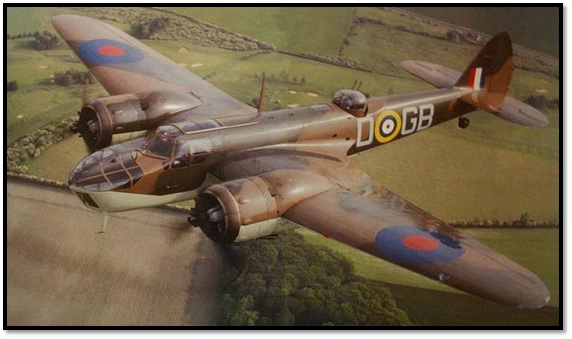
All three English crewmembers were still very young but their effort to evade the village
made them Dudzele’s “Angels returned from heaven”:
Hugh Christopher Morris Bamber, Pilot Officer: 19 years (son of Theodore Mark and Ada
Margaret Bamber from Dulwich near London).
George Reid, gunner, sergeant, volunteer: 28 years (son of William and Helena Murdoch
Reid from Baillieston near Lanarkshire).
John Holdsworth, observer, sergeant, volunteer, age unknown.
It would appear that they were the first R.A.F. crew to die on Belgian soil after the surrender
of Belgium to the Germans.
The German Attacker
The German fighter pilot Kiening belonged to the famous “Jagdgeschwader 54” or the
Grünherz Geschwader, Gruppe II. They carried a symbol on the fuselage of their planes.
This symbol was a large green heart.
Kiening would enter history records with 7 victories. Faith wants that Squadron no.15 had
attacked and bombed Waalhaven near Rotterdam on May 10th, 1940. For the German fighter
pilot this chase must have tasted like a kind of bitter revenge… Kiening himself was killed in
action later on in the war.
Messerschmitt ME10
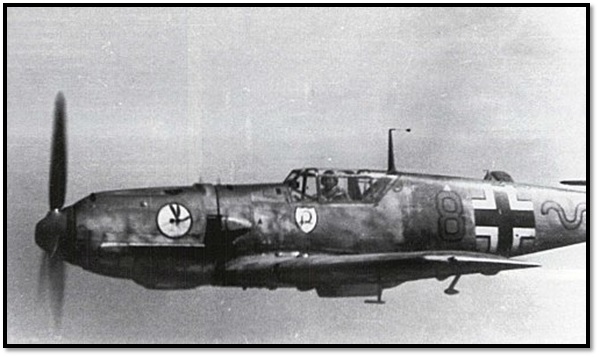
Wyton
The airbase “Royal Air Force Wyton” still exists today.
Crest of XV Squadron “Aim Sure”.
Pilot Bamber crashed on his 13th mission with XV Squadron
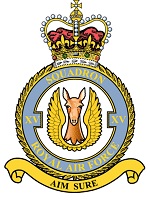
Thanks to
Jo Bown (UK)
Maggie Aggiss (UK)
Martyn R.Ford-Jones (UK)
Stefaan Calus
Raymond De Vuyst
Maria Verkruysse
Jozef Brusselle
Valère Obreno
Ingrid De Smet
Sources and other
“This was almost certainly the bomber claimed by Feldwebel Georg Kiening of 6./JG 54“
(bron: The Other Few, Larry Donnelly DFM).
“Groene harten” Jagdgeschwader 54, Gruppe II.
Basis: 04.07.1940 – 08.08.1940, Waalhaven (Rotterdam), Nederland.
Messerschmitt Bf109E. Georg Kiening: 7 victories in WW2.
Photo Blenheim: http://www.hq.wwiionline.com/profiles/blenheim.shtml
Photo Messerschmitt: http://aviation-le-havre.over-blog.com/article-l-aeroport-d-octeville-2-
60364216.html
Photo Blenheim in kleur:
http://users.skynet.be/lostplanes.net/The%20bristol%20blenheim.htm
The Wargraves photographic Project
Commonwealth War Graves Commission
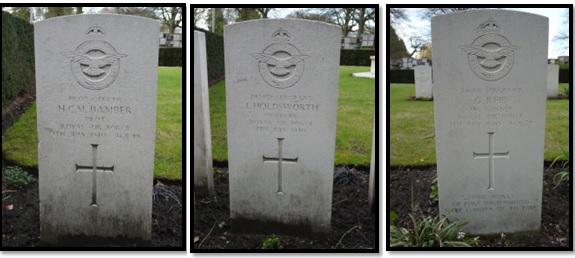
Their headstones (Brugge); Bamber, Holdsworth en Reid
